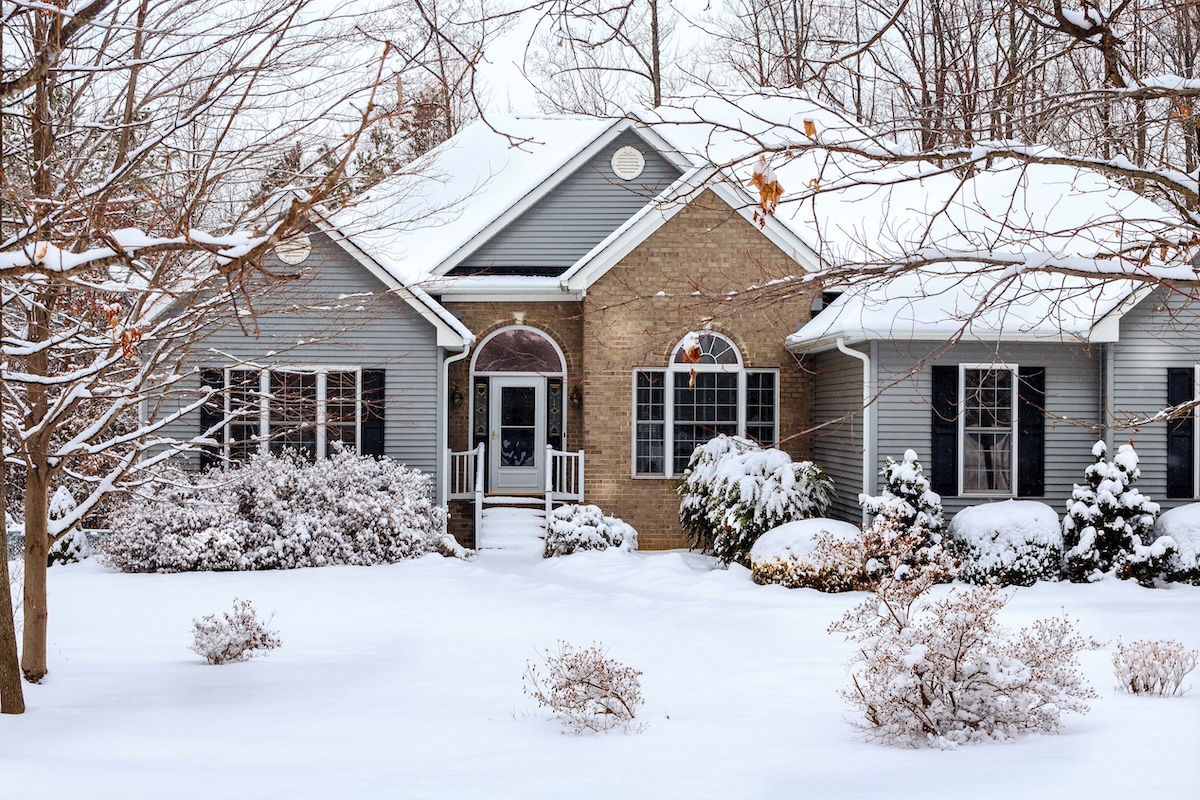As a first-time homeowner, there are a lot of exciting new things to consider—how you’re going to furnish and decorate the home, what your first DIY project will be, how you’ll utilize different rooms and spaces, etc. Depending on where your new abode is located, you may also need to think about how to prepare your home for the colder months. If you’re transitioning from a warmer climate or a rental where your landlord took care of all home maintenance, the idea of winterizing a house might not have ever crossed your mind. However, it’s one of the most important things you can do to protect your home and maximize your comfort once the temps start dropping.
From inspecting your heating system to prepping your outdoor spaces, a few tasks now can potentially save you money and offer you peace of mind in the coming months. In this guide, we’ll walk you through some key steps to consider for getting your home winter-ready, so you can enjoy sweater season without any chilly surprises!
Why winterizing a house matters
Whether you are buying resale or purchasing a new build, preparing your home for winter is still an important step. Performing a few key tasks can potentially:
- Prevent costly damage. Cold weather can be tough on a house, regardless of when it was built. A little prevention now could help you avoid a lot of future repairs.
- Lower your energy bills. Inspecting your heating system and ensuring your home is properly insulated could lead to greater energy efficiency, which in turn could save you money on your utilities.
- Help you become familiar with your home. Winterizing a house is a great opportunity to explore parts of your abode you might normally ignore, such as the roof or a crawlspace. Even when everything is in perfect working condition, performing these inspections provides you with greater insight into how the systems run.
- Help you stay warm and comfortable. During the chilly winter months, there’s nothing better than the cozy warmth of your home. Making the proper preparations ahead of time can help you maximize your comfort and enjoy your home all season long.
Steps to get you started
1. Inspect your windows and doors

This task is more relevant for older, resale homes, but it’s generally a good idea to take a look at each of your doors and windows to be sure they don’t have any gaps where cold air could get in. Even the slightest draft could make it difficult to keep your house warm, which might mean higher energy bills.
How do you identify a draft?
One easy way is to run your hand along the edges of windows and doors on a windy day to feel for any noticeable breeze or change in temperature. You could also hold a lit candle near a point of concern and, if the flame flickers or goes out, you likely have a gap. If you don’t have a candle, an incense stick can be equally as effective.
Simple fixes:
- Use weatherstripping on door or window frames.
- Apply caulk around window edges and baseboards.
- Swap out your lighter window treatments for heavier coverings, such as insulated curtains.
- Install door sweeps to block drafts under exterior doors.
2. Service your heating system
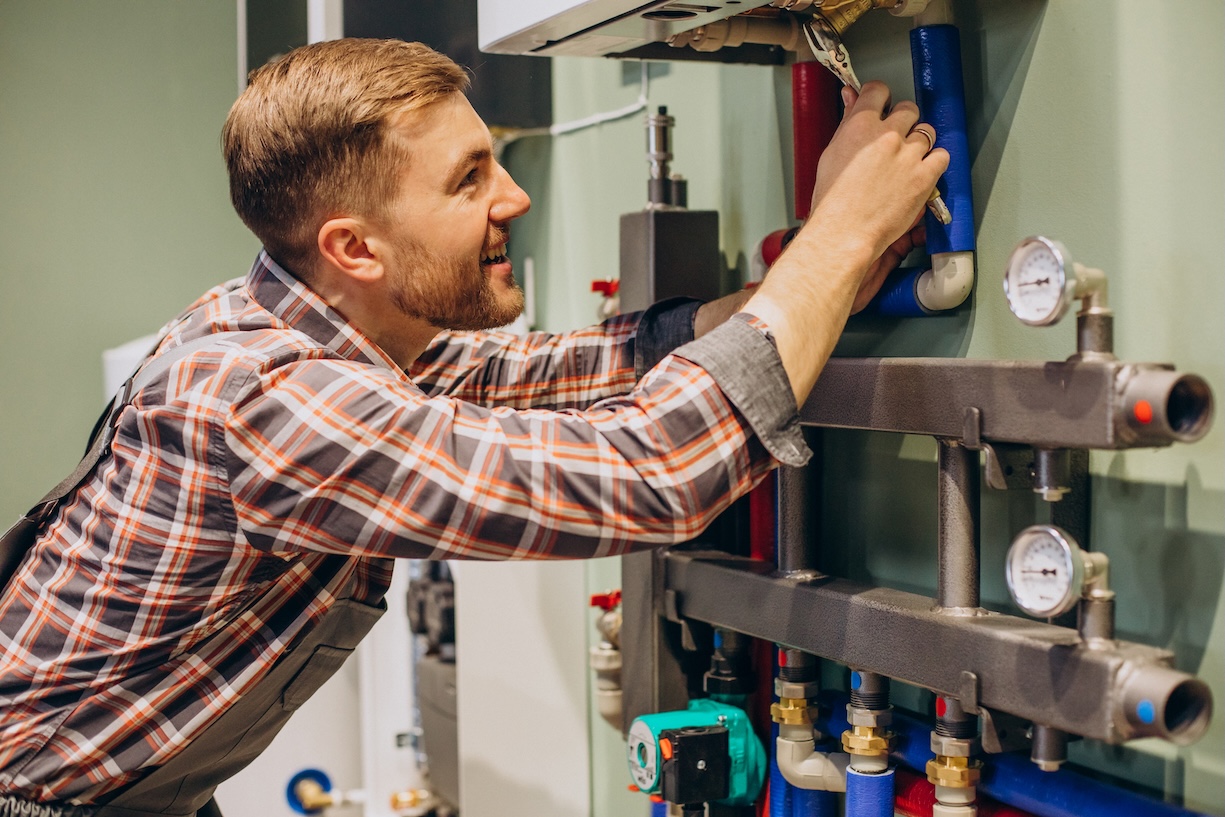
Before you turn on the heat for the season, it’s helpful to make sure everything is in proper working order. There’s nothing worse than having your furnace go out the first night temps fall below freezing. Test your heat in the fall, before the weather gets too cold. Change filters as necessary and, if you notice any issues, call a professional to inspect, clean, and repair your system.
Other key tasks might include changing the batteries in your thermostat, checking your water heater for any leaks, and vacuuming or clearing any vents in your home to make sure the warm air can circulate properly.
Bonus tip: Consider installing a programmable thermostat to reduce heating costs while you’re asleep or away.
3. Protect your pipes
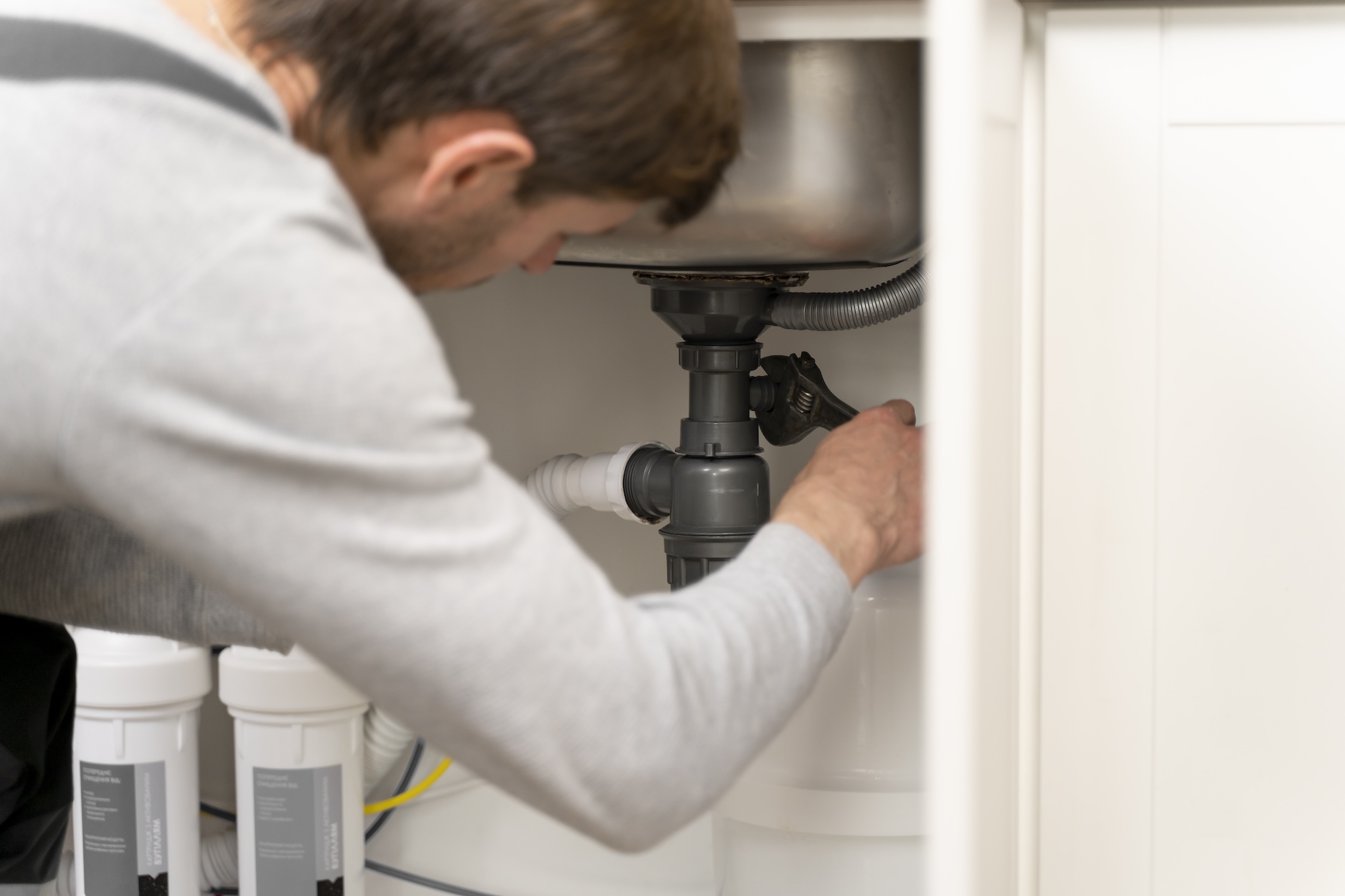
Frozen pipes can burst and cause serious damage—as much as $3,000, according to an article from Consumer Reports. There are a few ways you can prevent this from happening, including:
- Insulate exposed pipes with wrap, tape, or a cable, which you can purchase and install yourself.
- Disconnect and store garden hoses.
- Shut off and drain outdoor faucets and sprinkler systems.
- When the temperatures drop very low, let a small drip run from your faucets to keep water moving through the system.
- Add insulation to areas where exposed pipes may be, such as attics, basements, or crawl spaces.
- Leave cabinet doors open under sinks on freezing nights to let warm air in.
- Keep the heat set at no lower than 55° F if you will be away from your house for an extended period of time.
4. Clean the roof and gutters
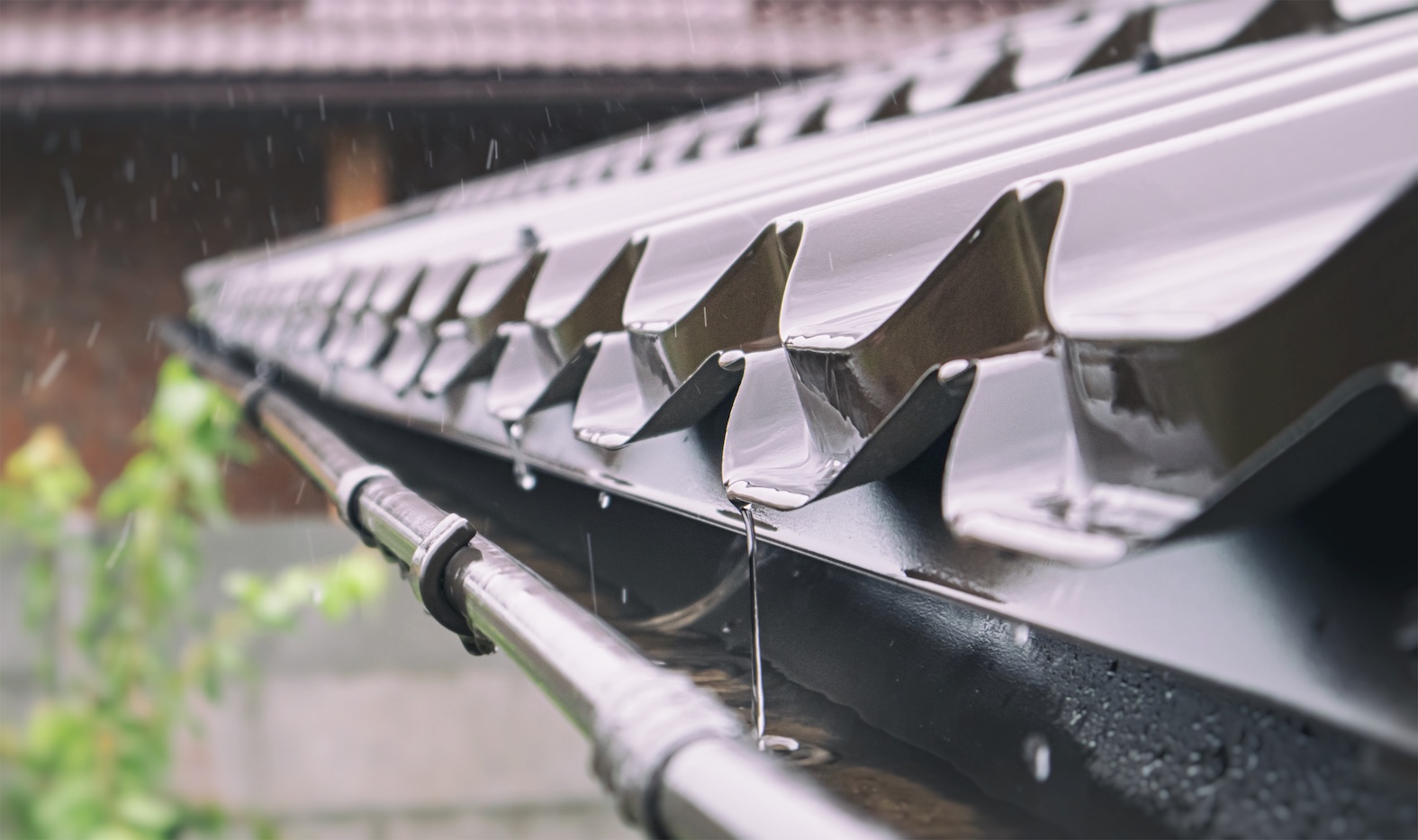
Snow and ice buildup can cause leaks or damage to your roof, particularly if there are any loose, broken, or missing shingles. You can inspect the roof yourself or hire a licensed professional to take a look and repair as needed. You may also want to blow off any dead leaves or debris lingering up there, as these items could hold moisture.
Gutters should typically be cleaned twice a year, although homes surrounded by a lot of trees may require more frequent upkeep. In the fall, leaves, pine needles, sticks, and other debris can quickly accumulate in gutters, causing them to clog and not function properly. Gutters serve the important purpose of directing and draining water, which helps prevent water damage to your home. In addition to regular cleaning, you can also install gutter guards as a preventative measure.
5. Check out the chimney and fireplace
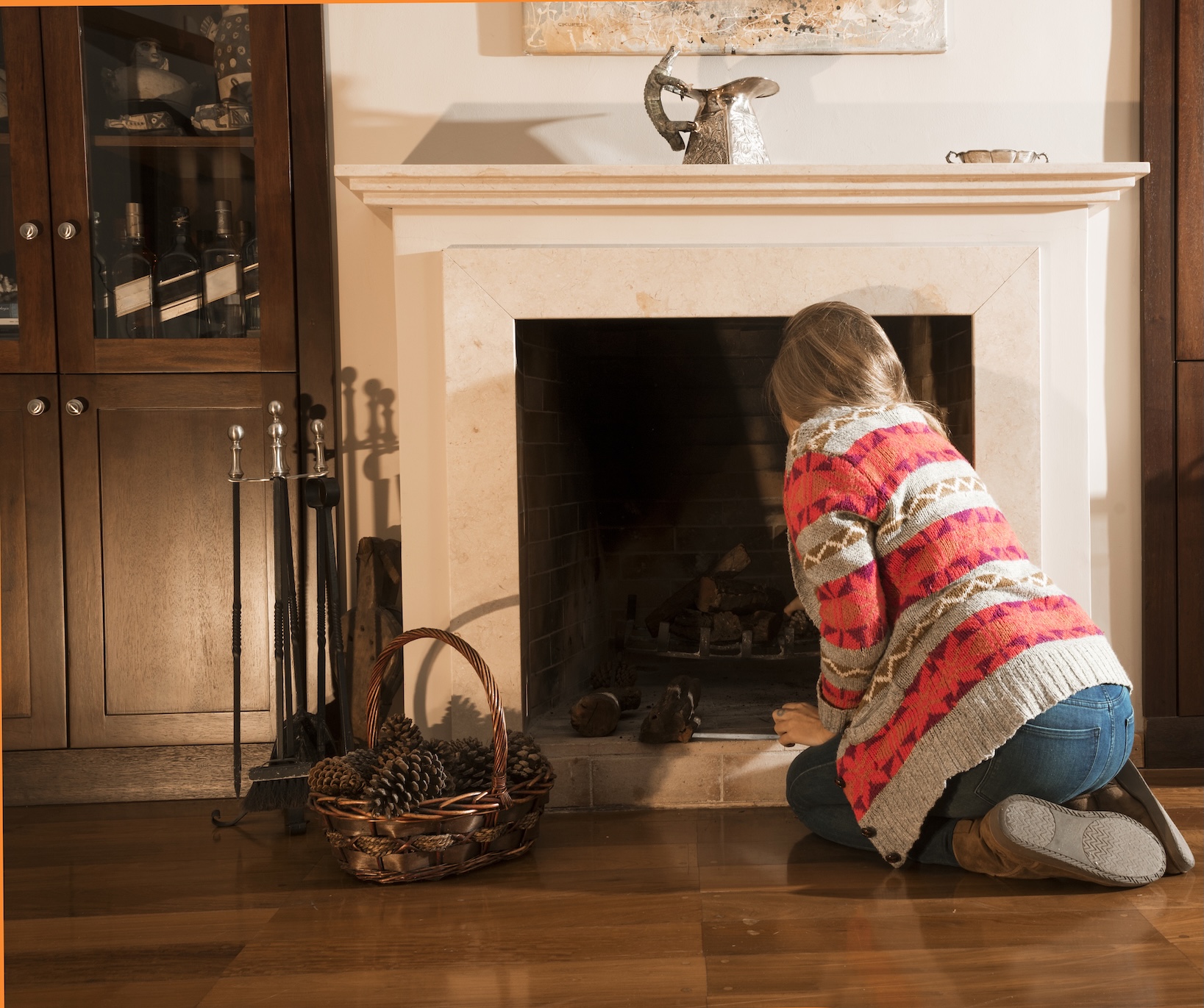
If your home comes with a wood-burning fireplace, it’s necessary to inspect and clean that space before use. Burning wood leaves behind a substance called creosote, which consists of trace chemicals and can be highly flammable. With that in mind, creosote buildup in a chimney and fireplace can potentially lead to a damaging fire. This isn’t so much an issue for new-construction homes, where the fireplace is unused, but you should consider hiring a professional to inspect and clean the system if your home is older.
Additionally, be sure to check the damper to ensure it opens and closes properly. Don’t forget to open the damper any time you use your fireplace, then close it after in order to prevent heat from escaping and rain or snow from entering the chimney.
6. Prep your patio and yard
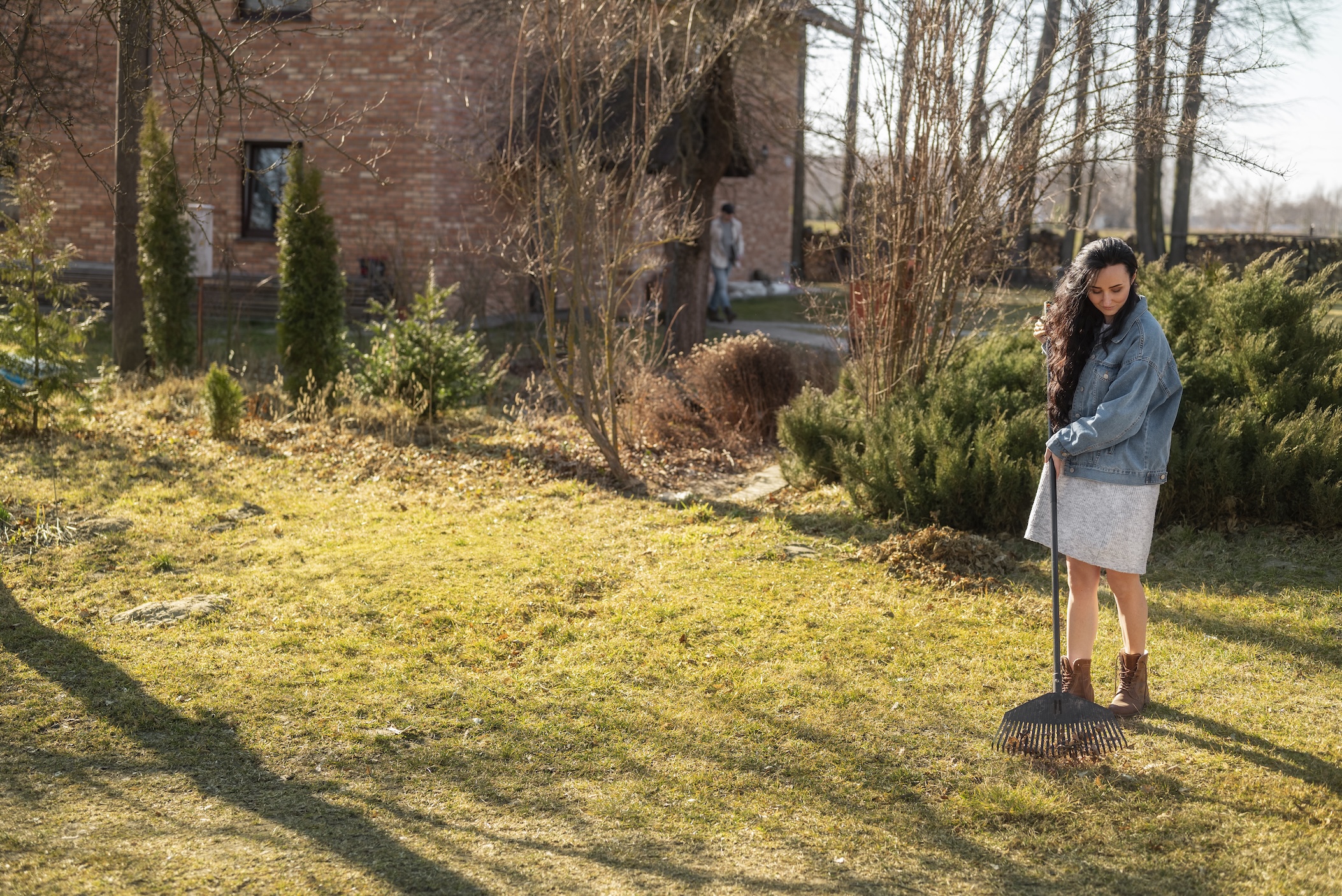
Winterizing a house isn’t complete without taking care of your outdoor spaces as well! If your home has a patio, take the time to cover any exposed furniture to protect against the elements. Trim dead or damaged tree limbs that could pose a risk if weighed down by heavy snow. Rake fallen leaves off the ground before the first snow in order to help your lawn stay healthy.
For homeowners with a garden, there are a few tasks you may want to accomplish in order to keep your flora happy, such as:
- Bringing certain plants inside
- Cutting back perennials, then adding a layer of mulch around them once the ground has frozen
- Covering annuals with burlap or cloth
- Digging up tender bulbs, covering them in newspaper, and storing them in a cool, dark place indoors
- Collecting seeds or cuttings from annuals you’ll allow to die off
- Wrapping newly planted trees or bushes in burlap
- Harvesting any vegetables you’ve grown
7. Stock up on essentials
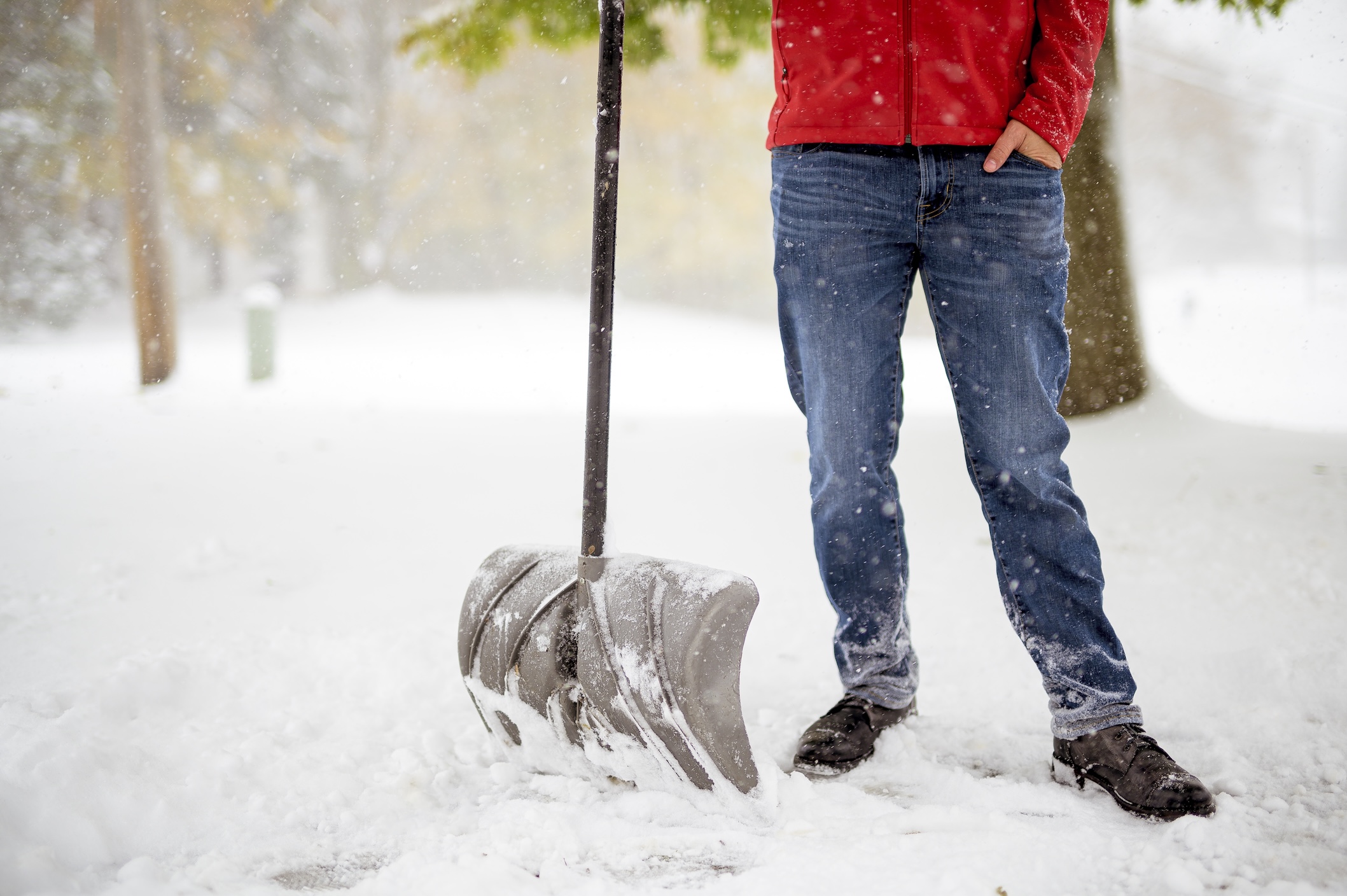
Having the right supplies and equipment ahead of time can make a big difference once the first winter storm hits. Some items to have on hand might include:
- A snow shovel and/or snow blower
- Ice melt or sand
- Extra batteries
- Flashlights
- Bottled water
- Blankets
- Nonperishable food
- Space heaters
- Power banks
- A backup generator (if you live in an area with heavy and frequent snowfall)
8. Additional tips
As simple as it sounds, setting your ceiling fans to rotate clockwise could do wonders for evenly distributing heat throughout your home. Many fans have a switch that allows you to change the direction of the blades and setting that to clockwise at a low speed can pull cool air up and push warm air down.
Placing rugs on hard flooring can add insulation and increase warmth throughout your home. Also, shutting doors in unused rooms may help you save on heating costs.
Final thoughts
Winterizing a house may feel overwhelming at first, but it’s really just a series of simple steps that can make a positive difference in the long run. Preparing your home for colder weather can help increase your comfort, extend the life of its systems, lower your energy bills, and provide lasting peace of mind.
Start early and take on your tasks one weekend at a time. If you have room in your budget, consider hiring a professional for the larger projects, such as repairing roof shingles or cleaning out the chimney. Also, though prepping for winter is helpful for homes of any age, buying a new-construction home could help eliminate some of the more extensive to-do list items.
Thinking of purchasing a home this winter? Contact our New Home Specialists! These local pros save you time and energy by narrowing down community, floor plan, and listing options based on your wish list. Call 888.799.8322 or chat with them online to get started.
Take the guesswork out of homebuying!
Our free First-time Homebuyer Guide is filled with tips to help you navigate your homebuying journey.
